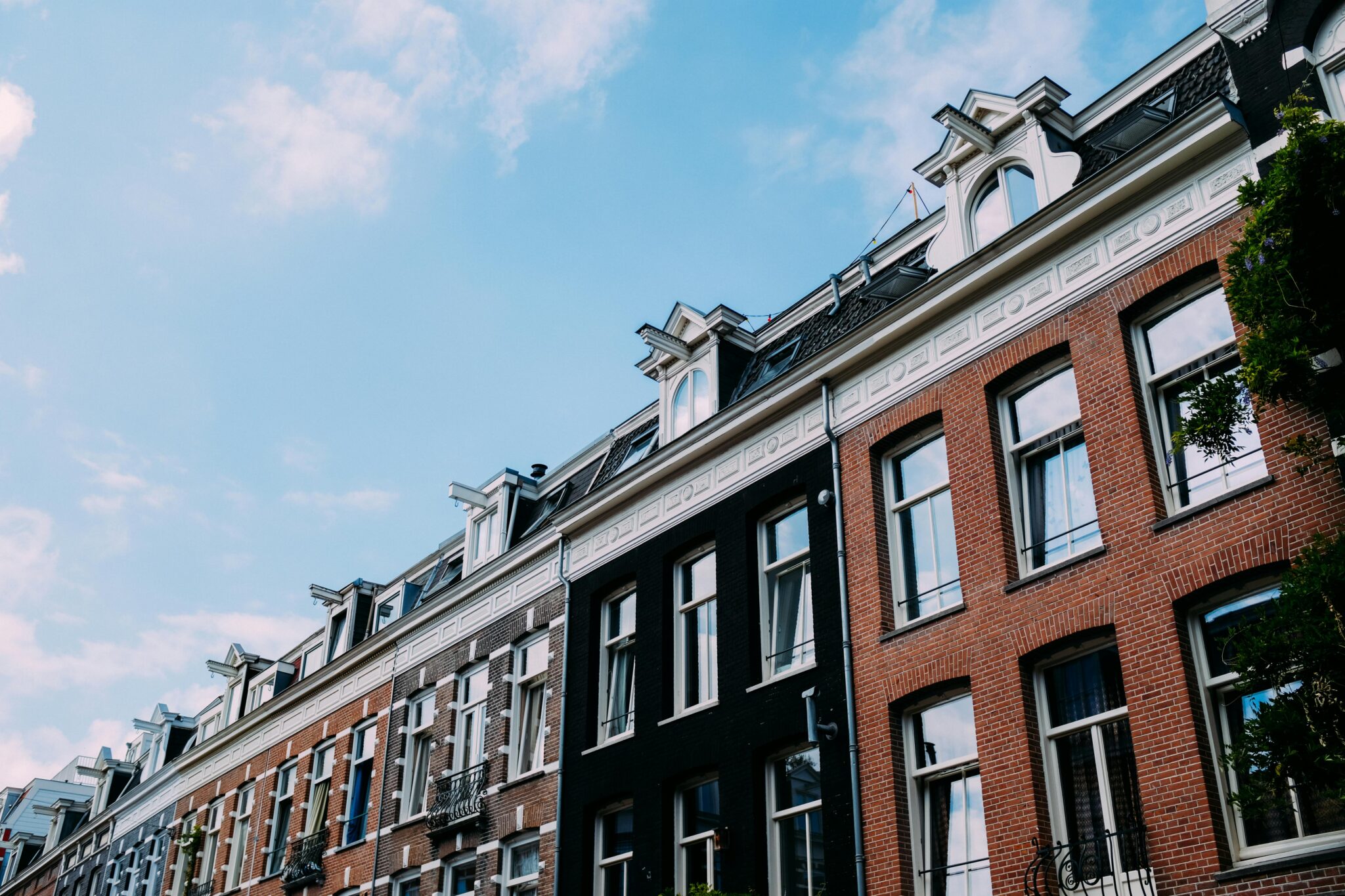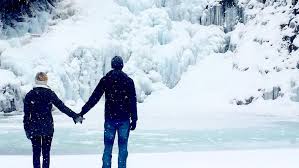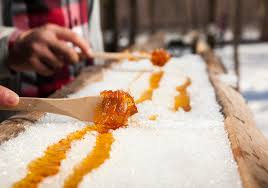
When considering older homes in Halifax, Nova Scotia, it’s essential to pay attention to specific aspects that are particularly relevant to the region’s climate, geography, and historical construction practices. Here are five key things to look for:
Foundation Integrity
Halifax has varying soil conditions, and some areas may be prone to issues like settling or shifting. Inspect the foundation for cracks, signs of water damage, or uneven settling. Look for any repairs or renovations to the foundation and ensure they were done correctly.
Weatherproofing and Insulation
Older homes may have inadequate insulation, which can be a concern given Halifax’s cold winters. Check the condition of the insulation in the, attic, and basement. Look for drafts around windows and doors. Consider the type of windows installed and whether they provide sufficient insulation.
Roof Condition
Halifax experiences a mix of weather, including snow and rain, which can impact the longevity of a roof. Inspect the roof for missing or damaged shingles, signs of leaks, and the overall condition. Ask about the age of the roof and whether any recent repairs or replacements have been made.
Heating System and Energy Efficiency
Older homes may have outdated heating systems. Check the type of heating in the house and its efficiency. Consider whether the home has been retrofitted for energy efficiency, such as updated insulation, double-pane windows, and an energy-efficient heating system. This is crucial for comfort and cost savings, especially during the colder months.
Environmental Concerns
Halifax’s homes have been traditionally heated with oil which carries a risk of spilling. Ask if there have been any oil spills, tank leaks or buried tanks on the property.
Before finalizing a purchase, it’s strongly recommended to hire a qualified home inspector familiar with the local conditions and challenges. They can provide a detailed assessment of the property’s condition and identify any potential issues. Additionally, consult with local experts, such as real estate agents and contractors, to gain insights into the specific considerations of older homes in the Halifax area.





